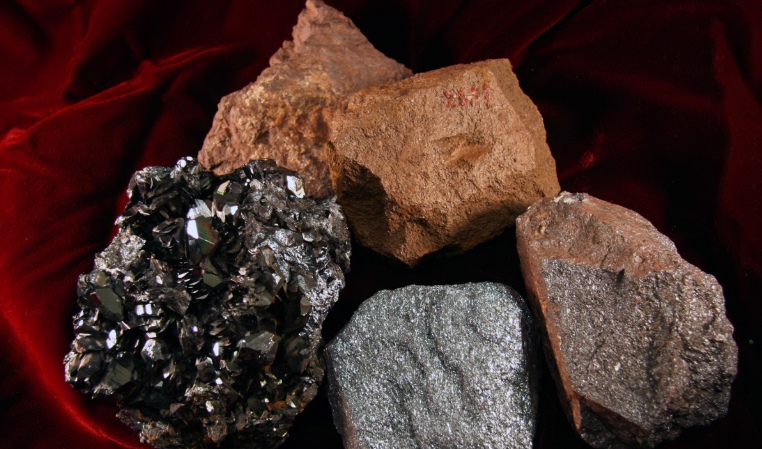Unveiling the Mysteries of Hematite Schist: A Guide to Its Origins and Formation
Hematite schist is a unique type of rock that has puzzled geologists for years. It is known for its striking red color and distinctive layers, making it a fascinating subject of study.
What is Hematite Schist?
Hematite schist is a metamorphic rock that is composed of primarily hematite, a mineral that is rich in iron. It is formed through the alteration of pre-existing rocks under high pressure and temperature conditions.
Origins of Hematite Schist
The formation of hematite schist can be traced back to the Earth’s crust, where it undergoes a series of geological processes over millions of years. The rock is typically found in regions with high levels of iron-rich minerals, such as banded iron formations.
Formation of Hematite Schist
Hematite schist is formed through the process of metamorphism, where existing rocks are subjected to intense heat and pressure. This causes the minerals within the rock to recrystallize and reorganize, resulting in the formation of hematite schist.
Characteristics of Hematite Schist
Hematite schist is easily identifiable by its striking red color, caused by the presence of hematite. It also has a layered structure, with alternating bands of hematite and other minerals, giving it a unique and distinctive appearance.
Uses of Hematite Schist
Hematite schist is valued for its striking appearance, making it a popular choice for decorative purposes and jewelry. It is also used in the production of pigments and as a source of iron ore.
In conclusion, hematite schist is a fascinating rock that offers valuable insights into the Earth’s geological history. By understanding its origins and formation, we can unravel the mysteries of this unique and intriguing rock.

